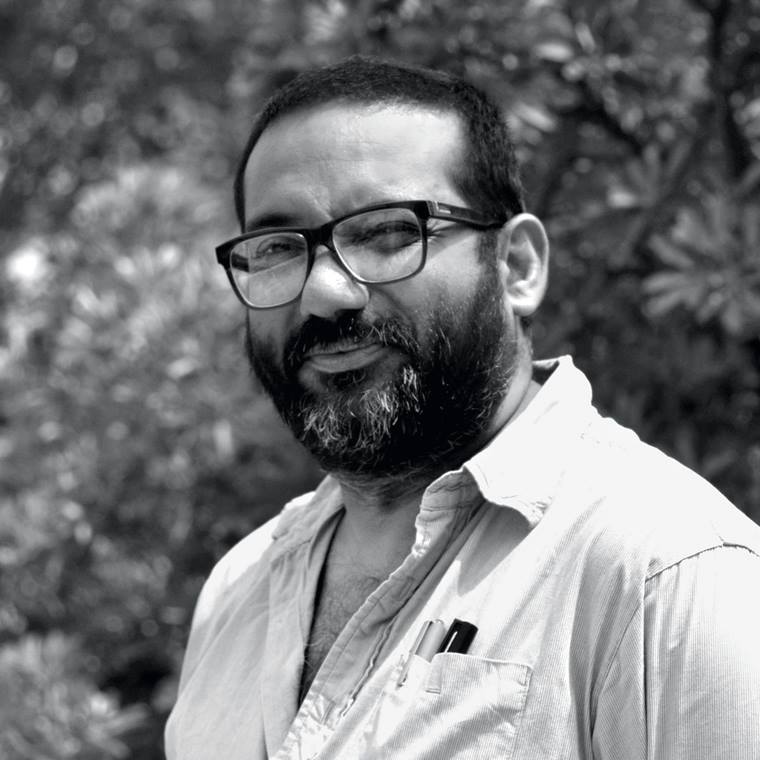On 12th March 1930, Mahatma Gandhi started the civil disobedience movement against the British monopoly on salt. The world was facing a great depression and the life of common people was getting worse. Jute prices were going south, there was a scarcity of money and in that situation, it is very hard to imagine how an artist can get commissioned or sell his painting.
The time was changing and so does the people. The need for freedom from the British Raj was felt by the people of India. It was not one man’s work and everyone is giving their part in it. The time was so crucial and people were giving their hundred percent to get independence. It was the same decade when World War II was initiating.
Leaning towards Indian mythology
A time that is full of chaos and destruction. This type of situation brings humanity nearer to god. In Hindu mythology, there are three most important deity i.e. Lord Vishnu, Lord Brahma, and Lord Shiva. They all three gods depict the different duties in the world. Lord Brahma is the one who created the Universe while Lord Vishnu is the force behind the working and fulfillment of the world, on the other hand, Lord Shiva is the destroyer- everything has to come to an end and lord Shiva play the pivotal role in the ending so that it can be created from the fresh beginning.

I am talking about Hindu mythology because a lot of works of Jamini Roy contain religious figures and Hindu deities. He even created a series of Ramayana stories of Lord Rama- an incarnation of Lord Vishnu. It is almost poetic that an artist who creates work on Indian mythology and gave an identity to Bengal art is a popular name in the western world. the connection of the artist to his root and soil gave the artist a new name on the Indian horizon.
The Indian diaspora is too diverse and Jamini’s works do show this fact efficiently. They show the path to the new artist and insight for the already working creators. When we talk about Bengal art, it becomes almost inevitable to talk about the culture and society of the state. As West Bengal was one of the most sought-after states of India in the 1930s, it is clear that the whole nation gets affected by the incidents Bengal, even art was not the exception. When we enter the aura of Bengal we see the different cultures different people and most important different artistic impressions and in all these artistic impressions we see the people who love the complete composition of Bengal art with the profound reality of mythology, cultural diversity, and dignified people.
Depictions of destructions
Durga pooja is one of the most important festivals of Bengal and it comprises social reforms for the women in Bengal. These highly anticipated days of Durga pooja when all the nine sisters of mother Durga are worshipped. The changes in the Bengal environment after the 1930s were a great devour for the artists of fine art. The religious faith with a good connection with conscious art expression added a fine layer of colors to tempera. Maa Kaali is one of the most worshipped deities in West Bengal, she is the epitome of destruction while her depictions in Jamini’s works were both peaceful and aggressive. It is indeed the thoughts of the artist that help us understand the duality of god herself. Maa Kaali depiction is also a subject to discuss with the destroying condition of Bengal’s economy where jute was depreciating in the Indian subcontinent.

Vikash Kalra is a self-taught artist & writer based in New Delhi whose work has been exhibited across India and is held in several private and corporate collections.
https://www.vikashkalra.com/web/
Leave a Reply